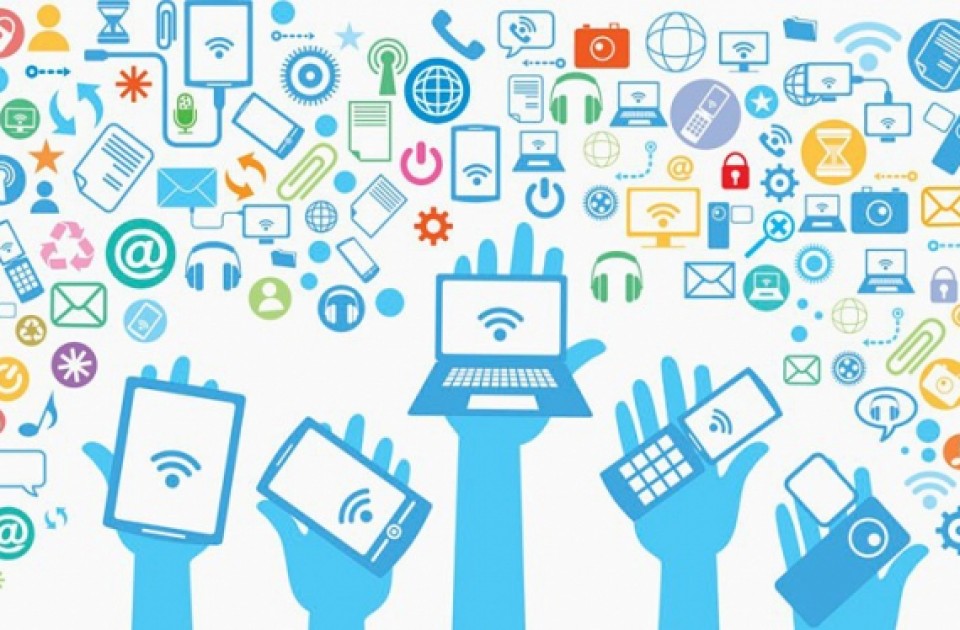Digital disruption is the new hot buzzword. We speak of it so often and with such reverence. The way it has changed entire industries birthed some and buried others. However, we speak of digital disruption as though it is a cause rather than an effect. The disruption we see digital technology bringing is the result of certain forces working sometimes quietly behind the scenes to shape the world.
It is not enough to have technology that enables a certain activity, a group of people ready to use it in a new application is the key catalyst. We will see later in this article how many cases of digital disruption have been based on technology that had long existed in the market that was simply applied to a new problem.
Globalization
Globalization was a huge buzzword in the 2000s and a word that has almost been forgotten but has played a huge part in many instances of digital disruption the world over. As communication channels have opened up due to improved internet penetration the world seeks a degree of homogeneity hitherto unseen. The sovereignty of states while still sacred is not the primary concern of the millennial or generation Z. These two groups seek inclusion in the world more than their predecessors. Granted they have easier access to the internet than generations before them but they also certainly have a greater appetite to utilize what access they have to the world. This phenomenon is prevalent in the African youth but not certainly not limited to them as their European, American and Asian contemporaries all show a similar trend.
Borders no longer a barrier
As a result of the pursuit of greater homogeneity barriers such as borders have become less of a constraint. Geography as a barrier to trade is almost non-existent save for the cases of shipping costs and government import tariffs. The advent of voice and videos calls over IP has delivered a world where the cost of calling someone on the other side of the planet costs just as much as calling someone sitting next to you. Couple this with the pursuit of homogeneity and you can see why ideas such as ride hailing app Uber have found their way to Zimbabwe albeit under different owners in a market lead by Hwindi and Cassava Smarttech owned Vaya. Streaming services such as YouTube and Netflix have found their way onto devices world over with little struggle.
Trust or lack thereof
In the book No ordinary disruption (Dobbs, Manyika et al) the authors point to a significant force behind disruptions that cannot be ignored in the African example and Zimbabwe in particular. In territories where authorities have a history of manipulating state and mass media channels the populace generally exhibits a distrust of mass media advertising. Instead, these groups much prefer social proofs and “word of mouth” from people they trust. Through this, we have seen the meteoric rise of democratized media platforms we call social media. Twitter, for example, has become the most reliable source for news despite its proneness to “fake news”. Looking at this through the lens of disruption it means that the information flow around disruptive products and technologies is democratized and by the time the information reaches the mainstream the damage is done. Whole industries have been swallowed. The obvious example here is Blockbuster, their decision to decline then mail-order DVD business Netflix and the way the internet changed their business model to video on demand.
Increasing at an increasing rate – And getting cheaper too
Technology is moving fast. In fact it progressively moving faster. Look at the developments around the telephone to understand this. The analogue telephone was invented in 1849, the first mobile phone in 1973 (124 years later), the internet followed in 1983 (10 years later), the first smartphone in 1992 (9 years) and the internet came to mobile phones in 1996 (4 years). As we can clearly see the years between the introduction of technologies that fueled disruption in the industry continue to decline. This fast-paced change has made it very difficult to forecast or hold a position for long. The war between Blu-Ray and HD DVD of the late 2000s is a great illustration of this. While the two mediums jostled for position as the next best medium for high definition video distribution, improved internet access and capability meant that Blu-Rays victory was hollow as streaming became the leading distribution channel.
Old tech repurposed
Disruption is about more than just new technology. The most disruptive cases we can relate to involve the repurposing of existing technology. WhatsApp, Ecocash and Hwindi are all examples of how an organization or group looked at existing technologies in a different way to achieve a new disruptive idea. The existence of the mobile internet, instant messaging over it and unique chat IDs (albeit usernames) predate WhatsApp messenger itself by 13 years; Israeli company Mirabilis launched ICQ in 1996 with WhatsApp launching in 2009. Ecocash the USSD based mobile money transfer service was modelled on Kenyan system M-Pesa which launched in 2009 a full 15 years after the introduction of USSD in 1994. Hwindi is based on the ride-hailing app Uber which launched in 2009 although the elements that enabled the success of the service were all available in the early 2000s. Digital disruption is not entirely technology lead but rather use case lead.
All this considered digital disruption is not only here to stay but we should expect it to happen more frequently. Strive Masiyiwa spoke of the effect of new technologies and noted how some of the top occupations of current times simply did not exist 25 years ago. We could soon be speaking of the top occupations not existing 10 years ago if we are not already. The forces behind digital disruption are constantly acting and each disruptive breakthrough is merely an expression of the impact these forces have on our world.








